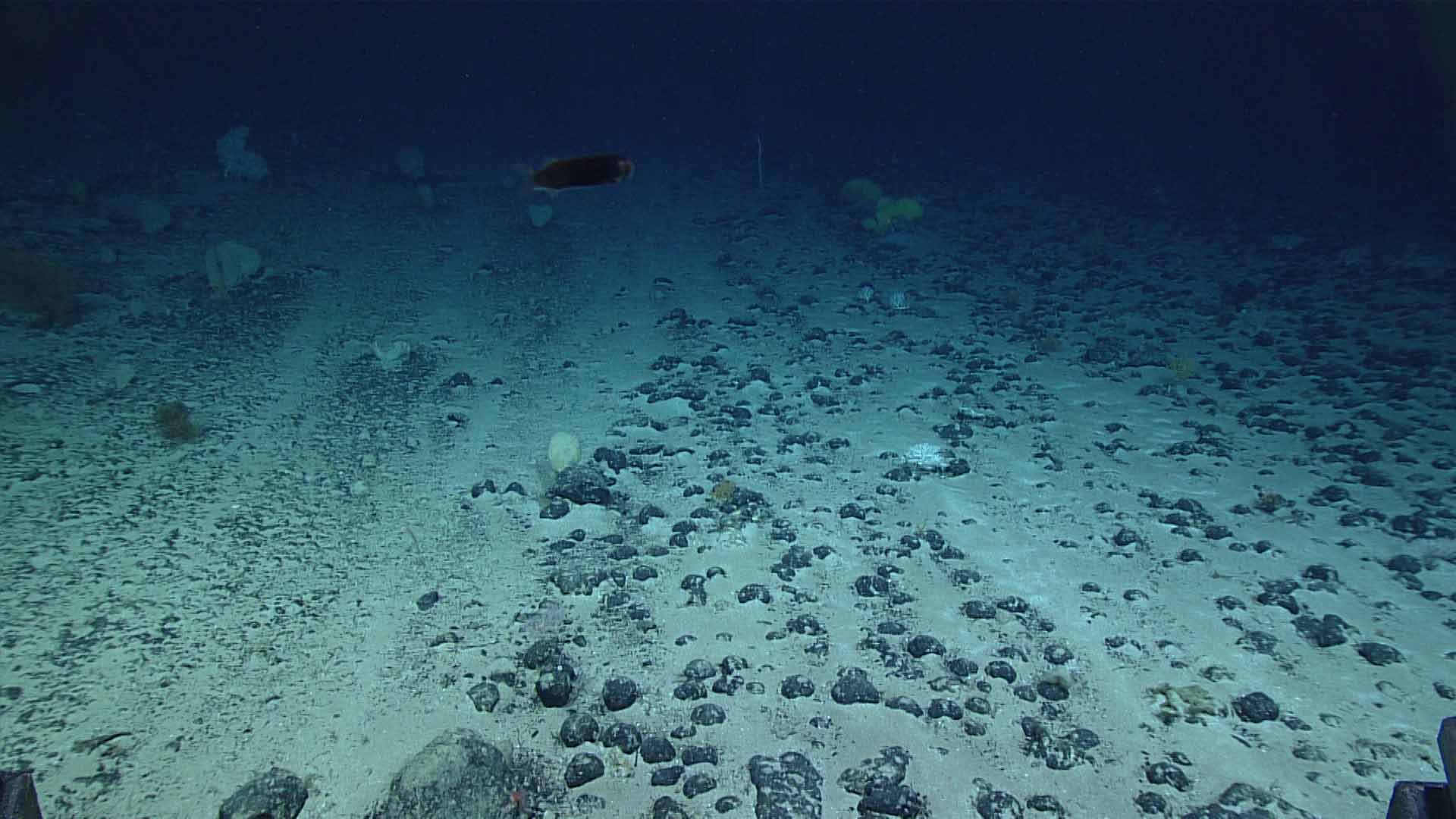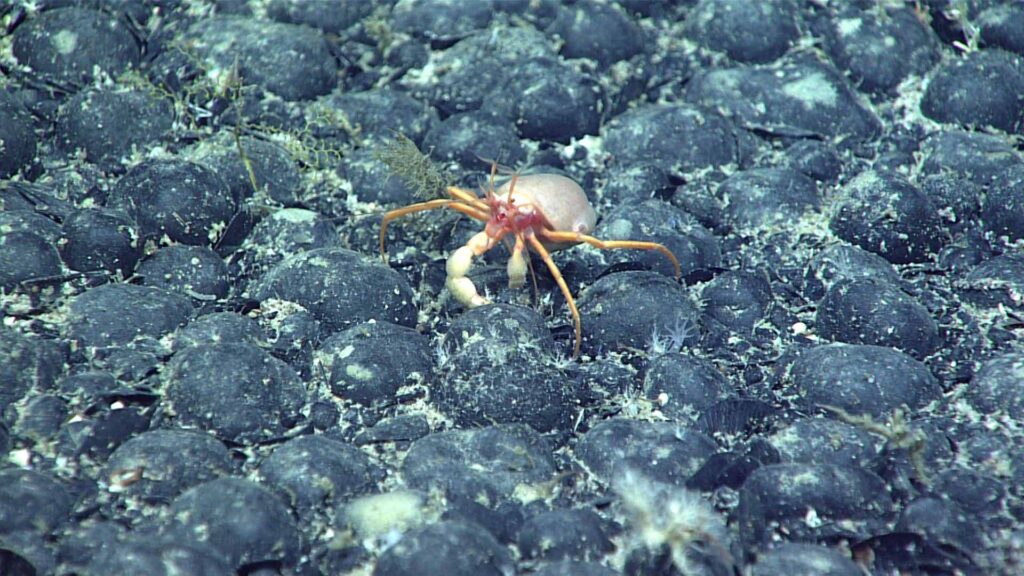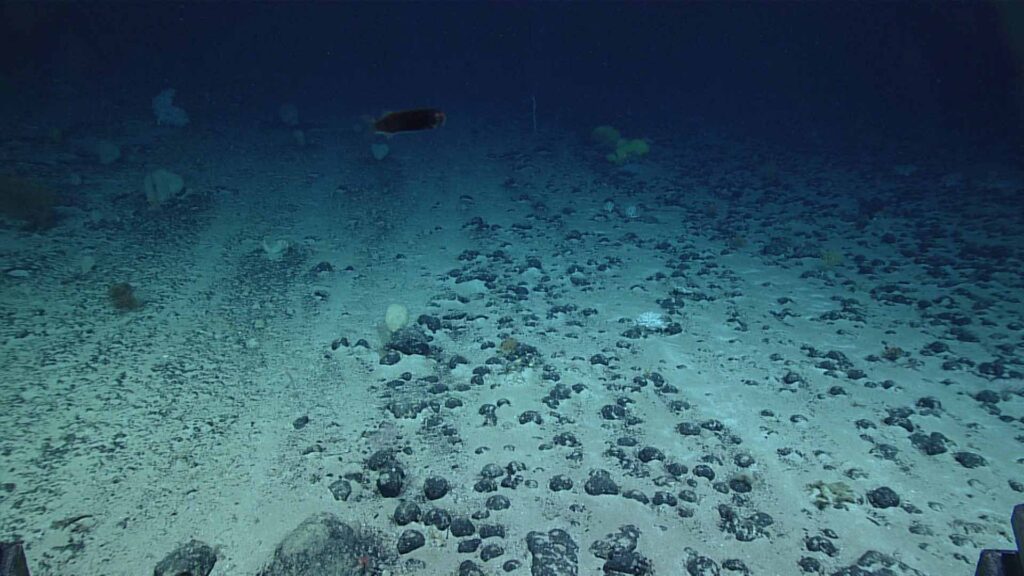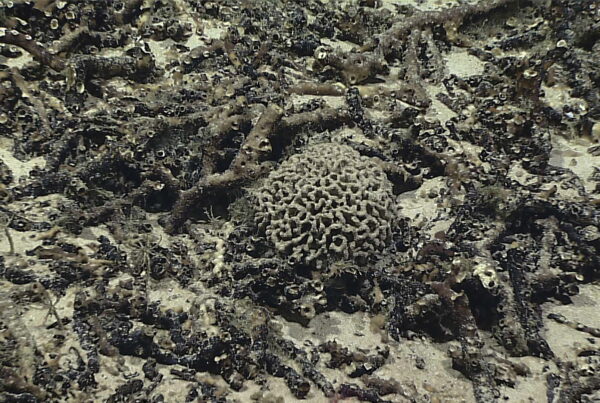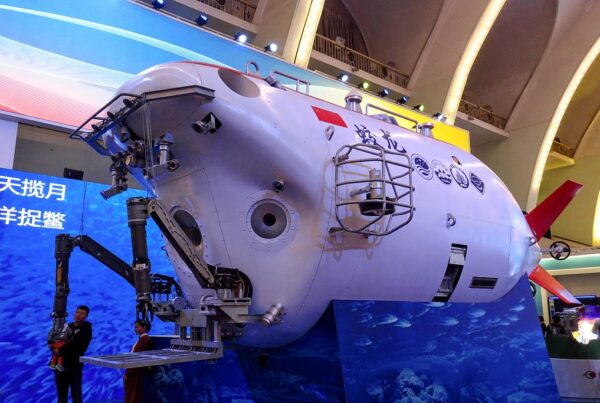Deep Sea Mining for lithium, cobalt, nickel, graphite, and manganese
The catchy tagline comes from the CEO of The Metals Company, Gerard Barron. The company, and many others, argue that polymetallic nodules are the cleanest path toward electric vehicles. The most plentiful site for nodules is at the bottom of the sea.
NOAA (The National Oceanic and Atmospheric Administration) adds critical detail:
“They are called manganese nodules due to being composed predominantly of manganese-oxides minerals, though they usually also contain high amounts of iron and can sometimes be called ferromanganese nodules. As they precipitate over millions of years, they can also accumulate cobalt, nickel, copper, and other trace and rare metals, depending on the geologic and oceanographic conditions where they form.”
— NOAA
The realities of mining unseen, mostly unknown entities propel us into a new aqua/geopolitics that coalesce in the present disjuncture of the Anthropocene. Deep-sea mining (DSM) is part of the vaunted program of the Blue Economy, which seeks to further monetise the ocean. It includes yet more fishing, and adventuresome activities such as bioprospecting for new pharmaceuticals, different forms of aquaculture and mining. It is more aptly framed as oceanic extractivism. Many claims for its benefits centre on what the Blue Economy could bring financially to poor, developing coastal nations in the global south.
For instance, The Metals Company (founded in 2021 through the merger of DeepGreen and the Sustainable Opportunities Acquisition Corporation) is sponsored by the tiny island of Nauru. Nauru is so desperately poor that it took in Australia-bound asylum-seekers in the despicable program of “offshore processing.” Nauru knows about the perils of mining. In the 19th century Germans and then Australians strip-mined the island for phosphorus in the form of guano—sedimented bird and bat faeces—leaving it completely barren and unable to grow any food. The company and the Nauru are waiting for the decision of the International Seabed Authority on exact regulations to be released in 2023. And then, the massive machinery can begin to be lowered onto the sea floor to strip-mine the deep ocean. As Pelenatita Kara of the Civil Society Forum of Tonga states:
“Deep-sea mining is a relic, left over from the extractive economic approaches of the ’60s and ’70s. It has no place in this modern age of a sustainable blue economy. As Pacific Islanders already know — and science is just starting to learn — the deep ocean is connected to shallower waters and the coral reefs and lagoons. What happens in the deep doesn’t stay in the deep.”
